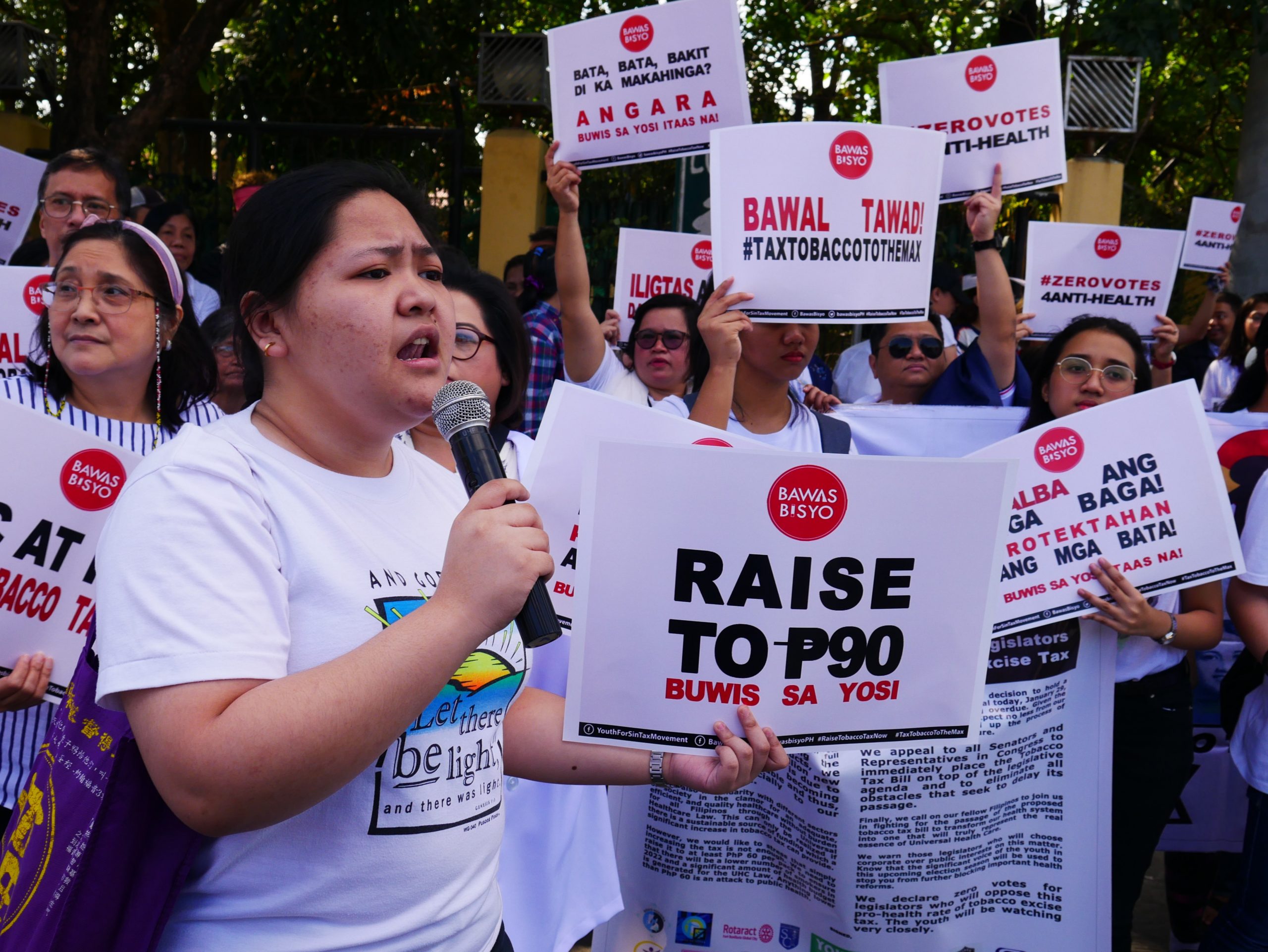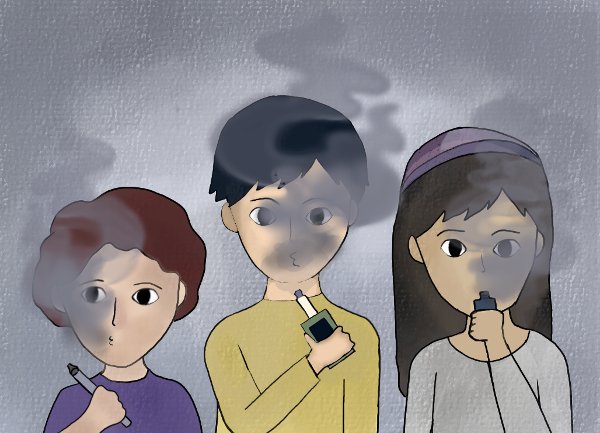Note: A total of 183 governments are scheduled to meet in Panama City, Panama from 5-10 February 2024 for the tenth session of the Conference of Parties (COP) to the WHO Framework Convention on Tobacco Control (WHO FCTC). The WHO FCTC protects the fundamental right of all people to enjoy the highest standard of health. The Philippines is a Party to this treaty, and at the COP10, fierce debates are expected around electronic smoking devices (ESDs); harmful tobacco products that the tobacco industry is aggressively marketing to the youth.
The tobacco industry’s focus on low- and middle-income countries (LMICs) has always been a health equity issue. With cigarette use being progressively denormalized among developed nations, tobacco companies have increasingly turned to developing nations to renew demand for their harmful and lethal products. These nations, grappling with other social and economic challenges, have had a tough time pushing back against an industry’s well-oiled machinery lobbying for relaxed restrictions and preferential regulatory treatment.
The Philippines is no stranger to this. At one point, the Philippines harbored the most powerful tobacco lobby in Asia, which neutralized the “Yosi Kadiri” campaign during the “golden era of health promotion.”
Despite this, policy milestones have still been achieved in regulating the packaging, marketing, and use of tobacco products. Regulations have eventually caught up with the tobacco industry such that the percentage of adults who smoked cigarettes in the Philippines has declined from 28.3% in 2009 to 18.5% in 2021. This steady decline in smoking prevalence has been achieved through (1) the Philippines’ ratification of the WHO Framework Convention on Tobacco Control in 2005, (2) the Tobacco Regulation Act of 2003, (3) the Graphic Health Warnings Law, and (4) the series of advocacy-led Sin Tax reforms that raised the prices of cigarettes since 2012. Many of these reforms have been institutionalized to protect the youth from the allure of cigarettes, acknowledging that around 90% of smokers are hooked on nicotine beginning from a very young age; fewer young people are lighting up cigarettes in the first place.
Tobacco industry targeting the youth with electronic smoking devices
However, these victories have been complicated by the introduction of e-cigarettes and heated tobacco products. While the tobacco industry “officially” positions these electronic smoking devices (ESDs) as alternatives for smokers to quit smoking cigarettes (evidence shows they do not), these products uniquely appeal to non-smokers and are clearly oriented towards the youth in their marketing.
Amidst the backdrop of immature regulatory frameworks in the mid-2010s, e-cigarettes were carried by aggressive cross-border advertising and, eventually, benefited from product placement in loosely regulated video streaming services. ESDs, marketed as “modern” and “sophisticated” accessories, are strategically crafted to entice young persons; as such, they were picked up by social media influencers, some paid by the industry, who kept them relevant in online platforms frequented by the youth.
Widespread availability is worsened by the immense diversity of flavor options of electronic smoking devices. Mimicking the variety found in a candy store, flavors such as mango, mint, and bubblegum mask the dangerous chemical contents of ESDs, leading young children to think that these products are harmless. This tactic echoes historical strategies where flavored cigarettes were used to attract new users, particularly the younger generation and people of color.
Affordability further strengthens the appeal of ESDs. Compared with the short-lived pack of 20 regular cigarettes, the 10,000 puffs offered by high-nicotine single-use e-cigarettes, taxed at a much cheaper rate than conventional cigarettes, are an attainable luxury for many young persons.
Even in physical spaces, ESDs are being heavily promoted at points of sale to Filipino youth. According to Johns Hopkins University, ESDs are more likely to be placed with products usually meant for the youth and are more likely to appear at children’s eye level in stores that are within the vicinity of schools and centers of youth activity. With strong public health evidence showing that e-cigarette use leads to future consumption of combustible cigarettes, these practices by the industry have justifiably raised concerns of being specifically engineered to reverse recent gains in tobacco control and public health.
To make matters worse, while tobacco companies were buying up e-cigarette companies en masse, tobacco companies have fought every guardrail in place to limit the appeal and availability of ESDs among the youth. Initially intended to be exclusive for those over 21 years old, newer, and more relaxed regulations now allow anyone, 18 years old and older, in the Philippines to buy nicotine starter packs that would keep them addicted for life.
The Philippines is a cautionary tale of what happens when we allow tobacco companies a seat at the public health policy negotiating table. Using the promise of risk mitigation for recalcitrant smokers, through ESDs, tobacco companies have successfully distracted us from the industry’s inherent and irreconcilable conflict of interest whenever they try to insert themselves into discourses of public health. With their constant lobbying for “balanced regulation” of industry interests and public health, tobacco companies abandon the welfare of the youth in the name of their financial bottom line and the long-term viability of their profit model.
Anton Javier, MD, DIH is SEATCA’s FCTC Program Officer. Before public health, Dr Anton was a primary care physician for persons with HIV. Following his studies in international health, he proceeded to work on Sin Taxes with the Philippine Department of Health and on Tobacco Product Regulation with the Philippine Food and Drug Administration.





